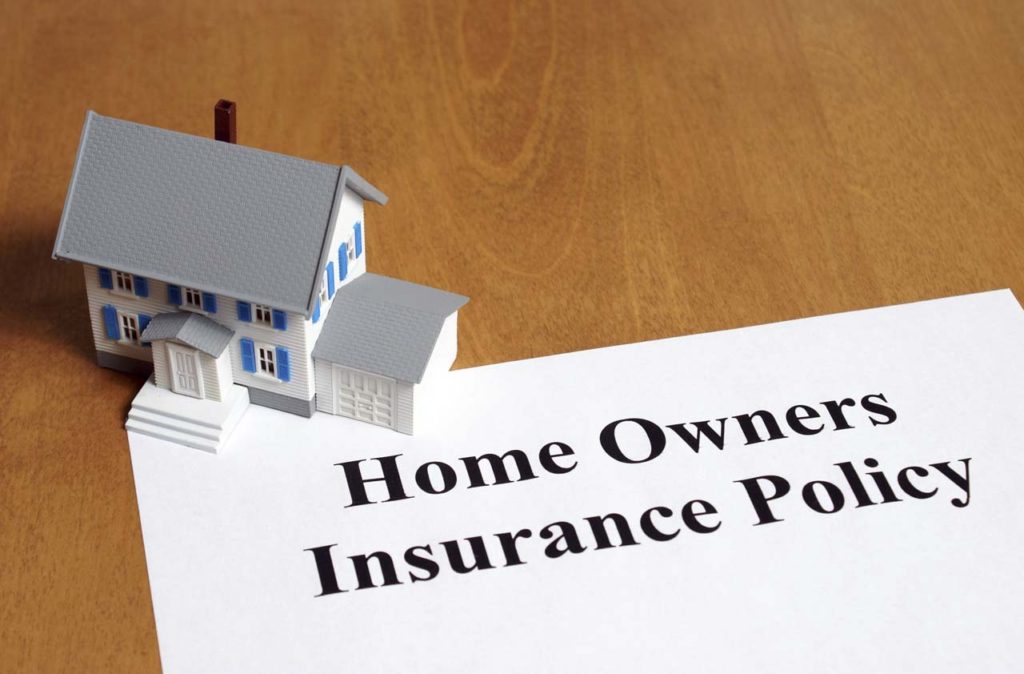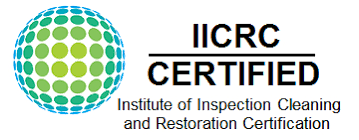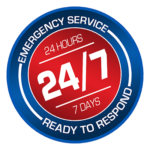You might have spent a hefty amount on building and maintaining your dream home. At the same time, you have to shell out a lump sum money as an insurance premium. The homeowner’s insurance is made to meet up the expenditure to restore any damage caused due to unforeseen circumstances.
The flood water damage service consists of restoration technicians who are skilled and experienced to access and settle the issues. Be it a slow leak in the basement of your house or a steady drip from the roof hole; the seeping water can cause substantial damage to your home and your bank balance. The roofs and walls may become weak, and the construction stands a chance of breakdown with more fragile foundations.
The best Toronto water damage repair company is efficient in handling flood and water damage. The better part is that this firm also provides a complete restoration service. The essential security tips as disconnecting the dialectical appliances are also circulated. As a result, you have an idea of what to do.
Does the Insurance Cover Water Damage?
The general homeowner’s insurance policy covers the damages caused by water leakage and roof leaks unless the effects are a result of gross negligence on your part. The insurance provides cover for any unnatural and accidental circumstances. If a storm triggers the water damage or if a tree has crushed onto your shingles, you are liable to receive the insurance cover

On the contrary, you would not be able to claim any insurance cover if the water damage is due to any preventable reason. You might have already had a hole in the roof that as not repaired. Rainwater might have caused havoc, but since the hole was pre-existent, so you lose the chance of claiming the insurance. The insurance cover stands for any unexpected adverse circumstance.
The broken water pipe might have oozed enough water to flood your basement, and you stand a chance to have the damages covered by the homeowner’s insurance policy. Each policy has its coverages and exclusions, and it is advisable to read the offer documents carefully before investing.
When Insurance Does Not Cover Water Damage?
Although a homeowner’s insurance policy covers most of the accidental water damages, water damage due to sewage and drain backups require additional insurance coverage. Your rain gutters might be clogged due to non-cleaning, and a torrential shower has flooded your basement and around your house. The accumulated water might cause water damage.

Your insurance does not cover these water damages termed as seepage. Even any manufacturing defect of the roofs or installation errors does not fetch your insurance claim. You are also barred from claiming insurance cover for any water damage caused by floods due to natural calamity.
For any insurance policy, the risk factor plays an immense role. The insurance premium is dependent on two factors. Firstly, on the risk of flooding in your area and secondly on the value of your homes and their contents. You can also go for waterproofing treatment of the roofs to avoid such circumstances.
Avoiding the Hidden Cost
Almost all insurance policies come with specific terms and conditions. You should read the offer documents carefully. According to a recent study by Erie Insurance, a misconception is prevalent that at least 27% homeowner’s belief to receive insurance cover for normal wear and tear.
You should do away with this misconception and reduce the wear and tear of the roofs and houses. Maintenance is always helpful, and you should look for repairing any existent holes in the roof and ensure that gutters are cleaned regularly.
Often the homeowner’s insurance does not provide the full coverage value but partial coverage made by the insurance provider.



